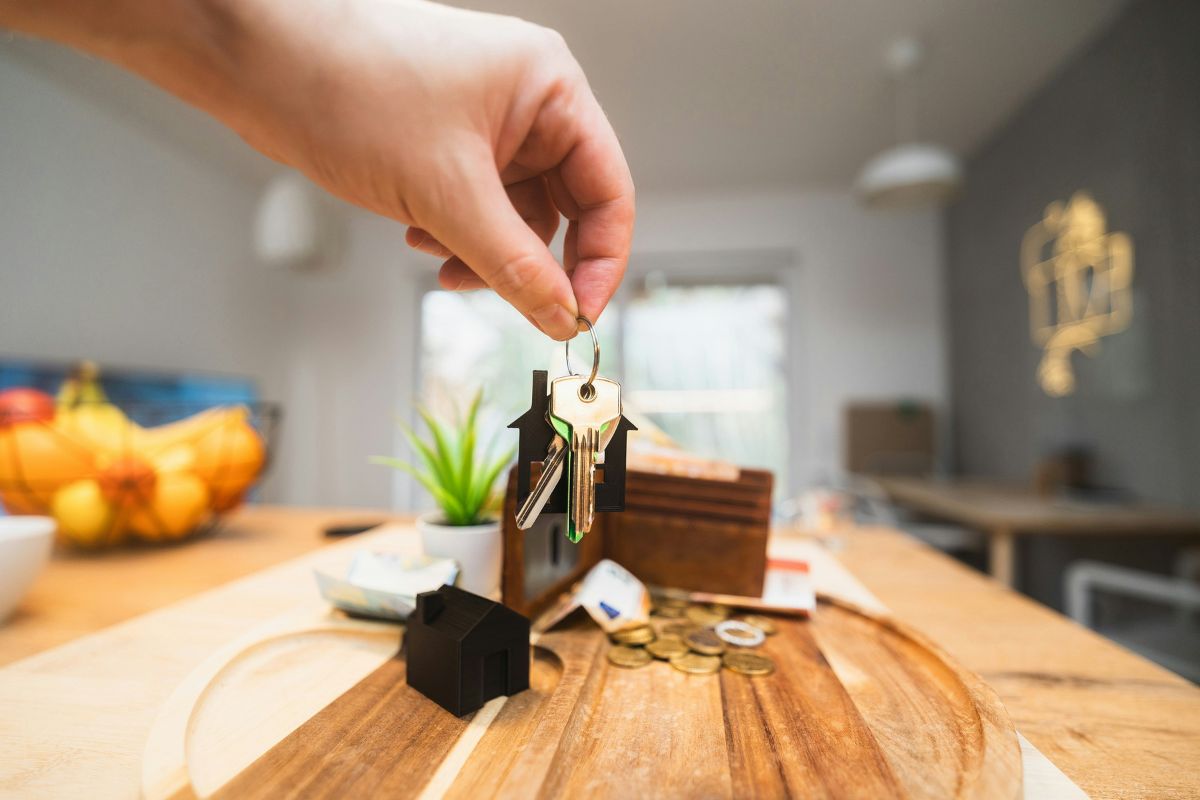Timing The Market Can Be A Million-Dollar Skill
Confidence is king in the real estate market. The difference between the top price and the bottom price a property might fetch can be hundreds of thousands of dollars- if not millions- depending on how confident buyers and sellers are.
A quick bit of research on property.com.au can highlight this difference. The REA Group website offers value estimates on homes with enough data available to do so, using the same metrics that a bank might use when carrying out a valuation. Property.com.au gives users three potential values for a home which reflect low, medium and high market confidence.
A search on a three-bedroom house in a popular suburb in Sydney’s northern beaches reveals just how stark the difference can be.
Property.com.au’s value estimate comes in at $2.85 million in a medium strength market. Either side of that figure, the site values the home at $2.27 million in a low confidence market and $3.45 million in a strong market.
That’s a difference of $1.18 million for the same house, based only on market mentality! The market is currently moving backwards quickly from the heady heights of the Covid boom, which means that a single year could cost a property seller more than $1 million. If that same person had sold at the top for $3.45 million however, they could have used that money to buy a much better property just a year later. That’s why timing the market is so integral to building wealth.
Investors have an advantage
Owner-occupiers don’t tend to make or lose a lot of money because they are usually buying and selling in the same market. They may score a big price when the market is pumping, but then they have to try and land a new property under the same conditions.
The ones who end up big winners are usually those moving from the city to the country to retire, or to raise a family mortgage free. They can make big windfalls, but it’s generally a one way ticket so they need to make sure they don’t intend to try to buy back into the city.
Investors on the other hand can buy properties in down markets, without having to sell first, or…well, ever.
For them, ‘timing the market’ is as important as ‘time in the market’.
While holding property assets through multiple cycles leads to maximum equity growth and rental return over time, you can save yourself years by purchasing at the bottom of the market and selling at the top (though the preference would be not to sell at all unless it’s an integral part of your strategy).
Swap ‘sell’ for ‘refinance’
The most successful investors are people like b Invested founder Nathan Birch. Buying below market value is the first of is three main pillars for successful investment. As the market grows in its next cycle, he is able to access the money he has made as equity and leverage that into his next investment in a property at the bottom of a cycle in a different part of the country.
He is able to move his investment money from a market at the top of its confidence, to an area where he can pick up the same type of asset for significantly less. He doesn’t have to sell his properties to do so. He simply refinances them and uses his value gain as a deposit on the next venture.
Do an equity health check
As prices fall around Australia, now might be the time for an opportunity. Two years of big growth in most areas means bank valuations will still be relatively high. Rents are on the rise just about everywhere, so now is a great time to score a bargain on an asset that might be cashflow positive from the very beginning. It’s worth getting valuations done on your existing portfolio to see if you have some useable equity that you can leverage into a below market purchase.
Reference:
property.com.au



